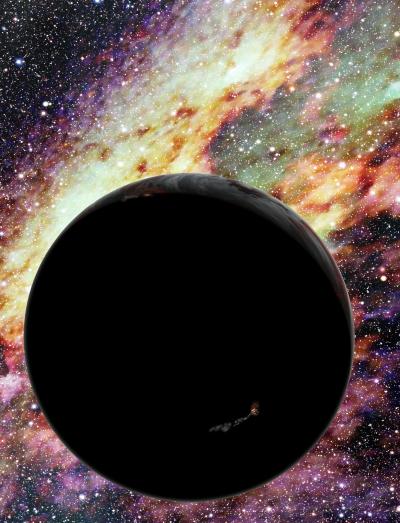Planets Speeding Away at a Fraction of the Speed of Light
Seven years ago, astronomers were astounded when they made the groundbreaking discovery of the first runaway star hurtling out of our Galaxy at an astonishing speed of 1.5 million miles per hour. This remarkable finding left theorists pondering an intriguing question: Could planets also be propelled outward at such extraordinary velocities?
Recent research has provided a resounding affirmation to this query. Not only do runaway planets exist, but some of them traverse through space at a velocity equivalent to a few percent of the speed of light, reaching an astounding 30 million miles per hour.
“These high-velocity planets would undoubtedly rank among the fastest entities within our Galaxy. If one were to inhabit such a planet, they would embark on an exhilarating journey from the core of the galaxy to the vast expanse of the Universe,” stated Avi Loeb, an astrophysicist from the Harvard-Smithsonian Center for Astrophysics.
Idan Ginsburg, the lead author from Dartmouth College, further emphasized the uniqueness of these runaway planets, stating, “Apart from subatomic particles, I am unaware of any other entities departing our galaxy at a velocity comparable to these hypervelocity planets.”
These extraordinary celestial bodies, known as hypervelocity planets, are formed through a similar process as hypervelocity stars. When a binary star system ventures too close to the supermassive black hole residing at the center of our galaxy, the immense gravitational forces tear the stars apart, propelling one star away at tremendous speed while the other becomes captured in orbit around the black hole.

In this study, the scientists conducted simulations to explore the scenario where each star in a system had one or two planets orbiting nearby. They discovered that when a star is ejected outward, it can carry its planets along with it. On the other hand, when a second star is captured by a black hole, its planets can be torn away and flung into the vastness of interstellar space at incredibly high speeds.
Typically, a hypervelocity planet would be propelled outward at speeds ranging from 7 to 10 million miles per hour. However, under ideal conditions, a small fraction of these planets could achieve even higher velocities.
Due to their dimness, distance, and rarity, current instruments are unable to detect individual hypervelocity planets. However, astronomers have the potential to observe a planet orbiting a hypervelocity star by monitoring slight dimming of the star when the planet passes in front of it during a transit.
For a hypervelocity star to carry a planet along, the planet would need to be in a close orbit. Consequently, the likelihood of observing a transit event would be relatively high, approximately 50 percent.
“With a 50 percent chance of witnessing a transit, it would be highly advantageous to keep an eye out for hypervelocity stars with planets,” stated Ginsburg.
Eventually, these planets will escape the confines of the Milky Way and journey through the vast expanse of intergalactic space.
“Travel agencies that advertise trips to hypervelocity planets might attract individuals with a taste for adventure,” added Loeb.
This article is republished from PhysORG under a Creative Commons license. Read the original article.
Do not forget to share your opinion with us to provide you with the best posts !




0 Comments